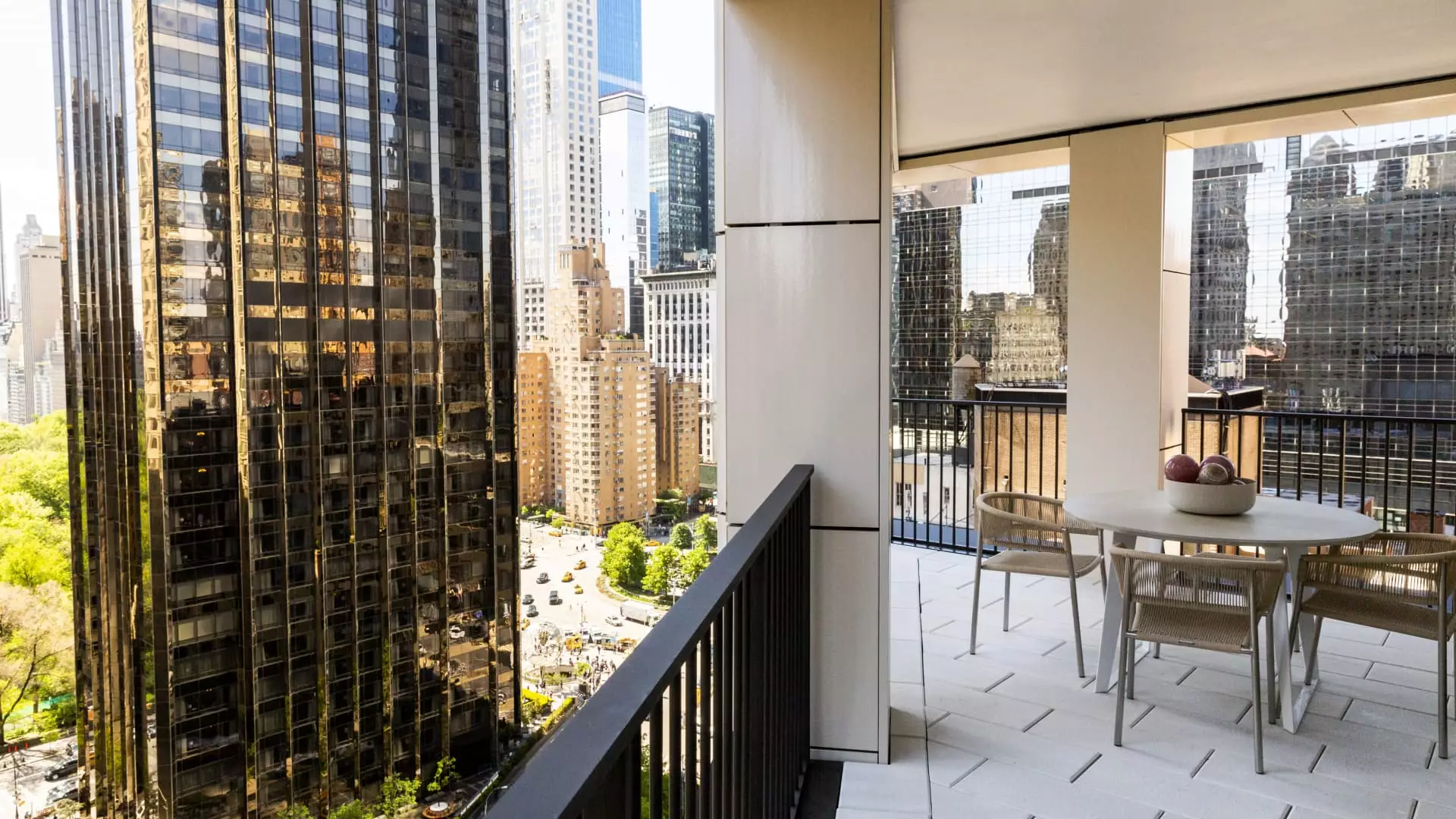In the real estate market, there is a notable trend emerging – a clear division between the luxury sector and the rest of the market. While overall real estate sales have seen a decline of 4% nationwide in the first quarter, luxury real estate sales have actually increased by more than 2%, marking their best year-over-year gains in three years. This stark contrast in performance has left experts and brokers alike wondering what factors are contributing to this divergence.
Impact of Interest Rates and Supply
One of the key factors driving this shift in the real estate market is the influence of interest rates and supply. With mortgage rates now above 7% for a 30-year fixed loan, many homebuyers are finding themselves priced out of the market. However, affluent and wealthy buyers are still able to navigate this landscape by purchasing homes with cash, thus shielding themselves from the impact of high rates. Nearly half of all luxury homes, which are defined as homes in the top 5% of their metro area by value, were bought with all cash in the quarter, marking the highest share in at least a decade.
The flood of cash purchases in the luxury real estate market has not only driven up sales but also prices. Median luxury-home prices soared almost 9% in the first quarter, a rate that is roughly twice the increase seen in the broader market. The median price of luxury homes surged to an all-time record of $1,225,000 during this period. This rise in prices is largely attributed to the confidence of high-end buyers who believe that prices will continue to appreciate in the future.
Unlike the rest of the housing market, luxury real estate is benefiting from an abundance of supply. Wealthy sellers who opt to purchase homes with cash are less concerned about trading out of a low-rate mortgage, freeing up listings in the upper end of the market. This increase in inventory has led to a surge in sales, with the number of luxury homes for sale rising by 13% in the first quarter. While luxury inventory levels remain below pre-pandemic levels, the number of luxury listings entering the market increased by 19% in the same period.
It is important to note that not all luxury markets are experiencing the same level of success. While some areas are seeing impressive price growth, others are facing declines. According to Redfin, Providence, Rhode Island and New Brunswick, New Jersey saw the highest luxury price growth at 16% and 15%, respectively. On the other hand, New York City experienced a significant price decline of 10%. In terms of sales, Seattle emerged as the top-performing metro area, with a 37% increase in luxury home sales, followed by Austin, Texas with a 26% increase and San Francisco with a 24% increase.
In addition to increased sales and prices, luxury homes are also selling at a faster pace. Seattle leads the pack with a median days on the market of just nine days, followed closely by Oakland, California, and San Jose, California. This signifies a strong demand for high-end properties in these areas and reflects the confidence of buyers in the luxury real estate market.
Overall, the luxury real estate market is currently experiencing a period of growth and resilience, outperforming the broader real estate market. With cash buyers driving up sales and prices, as well as an increase in inventory and demand, the luxury sector is proving to be a bright spot in an otherwise challenging real estate landscape.


Leave a Reply